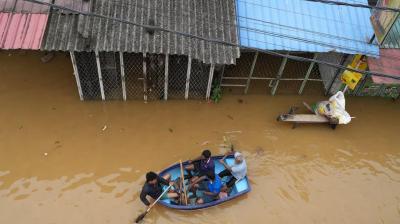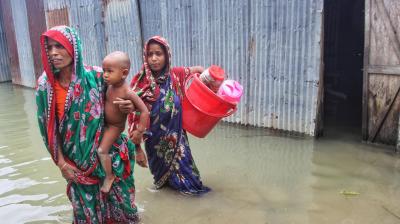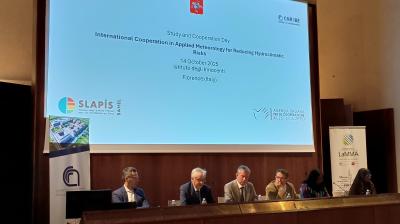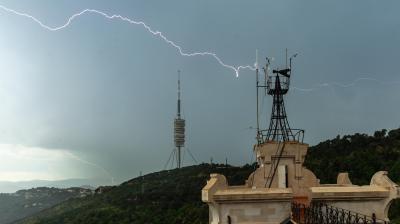Uganda strengthens severe weather early warning services with CREWS East Africa support
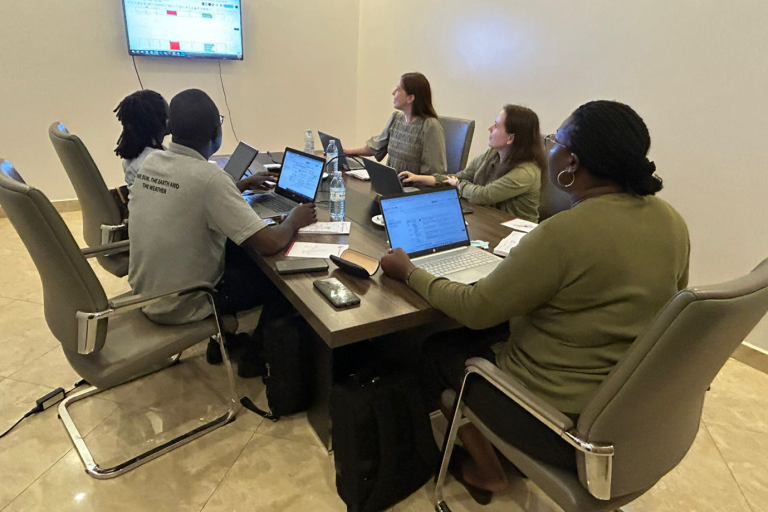
Through the CREWS East Africa project, WMO - in partnership with the Finnish Meteorological Institute (FMI) - is supporting Uganda’s Department of Meteorological Services (DMS) in upgrading its operational warning systems to enhance its capacity to deliver timely and effective severe weather warnings.
In June 2025, FMI experts visited Uganda to initiate the implementation of the SmartMet Alert system, a tool designed to strengthen warning services.
The system is designed to automate the generation of weather warnings, improving timeliness and accuracy, with the integration of the Common Alerting Protocol (CAP), a global standard that enables dissemination across multiple channels such as radio, television, and mobile platforms. It is partly open-source, and license-free, making it adaptable and cost-effective.
Ahead of deployment, DMS and FMI jointly developed a customized warning framework, defining:
- Hazard types that will trigger alerts;
- District coverage for warnings;
- Thresholds for different warning levels;
- Clear advisories for the public.
This ensures that the system responds effectively to Uganda’s specific climatic and administrative context.
The visit was organized on the sidelines of the Eastern Africa Severe Weather Forecasting Programme (SWFP) regional workshop, held in Entebbe from 27 May to 6 June 2025. This provided opportunities for knowledge exchange with neighboring countries and national stakeholders.
The SmartMet Alert system will now be configured and localized in line with Uganda’s warning definitions. Installation and staff training are planned for early 2026.
Once operational, Uganda will not only enhance its early warning capacity but also join the global community of CAP users, ensuring broader reach and impact of its alerts to safeguard lives and livelihoods.
- WMO Member:
- Uganda
- Region:
- Region I: Africa



